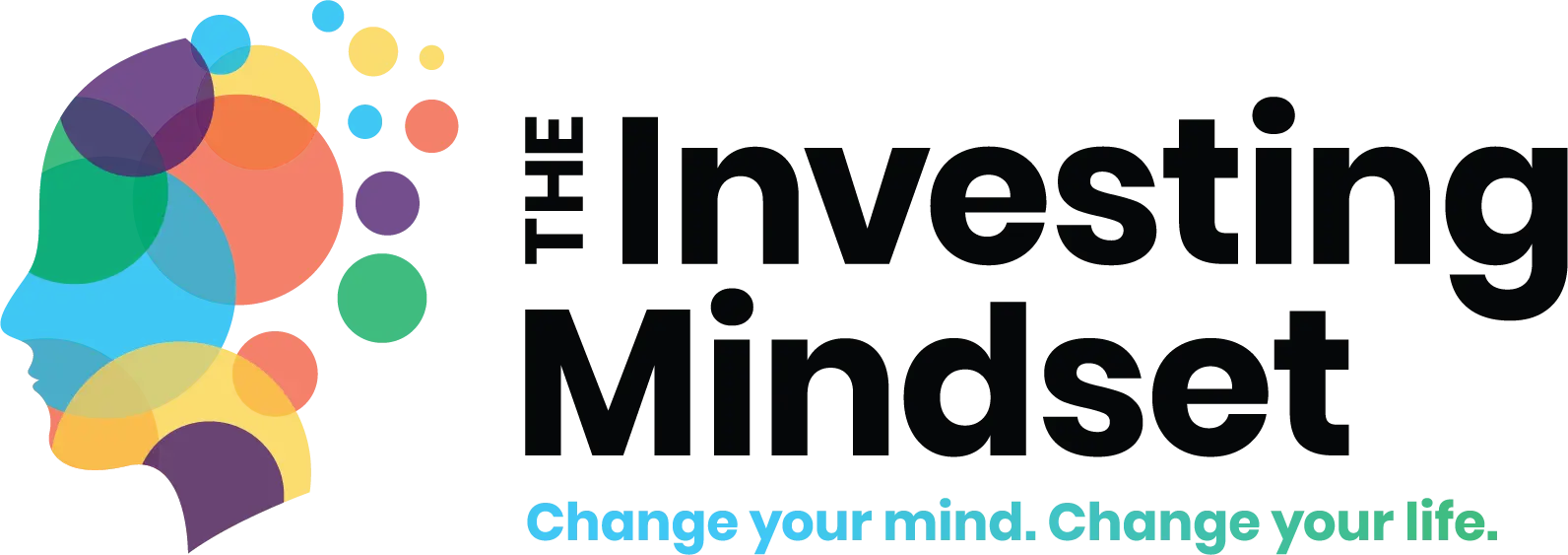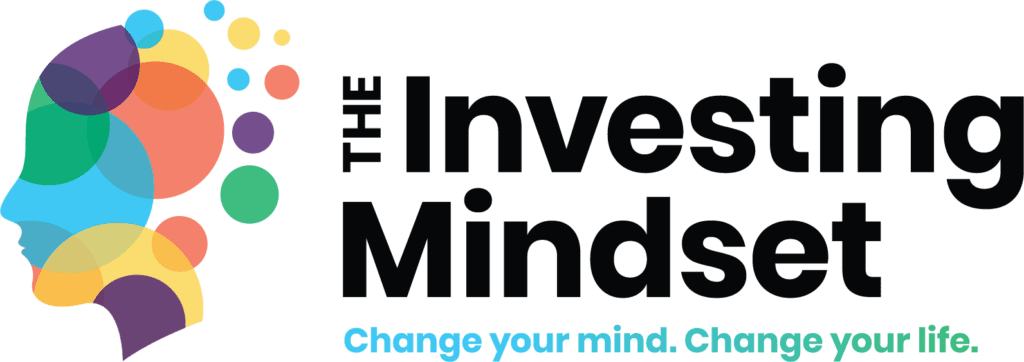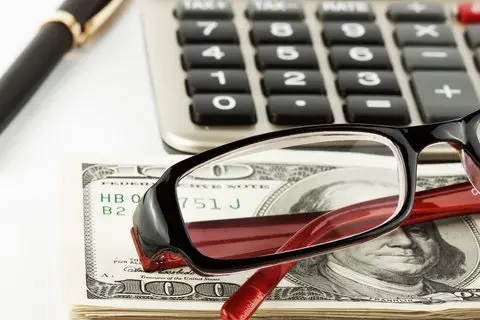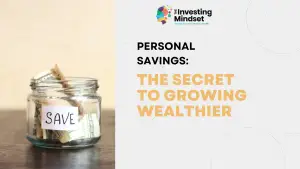How do you start educating yourself to become financially literate?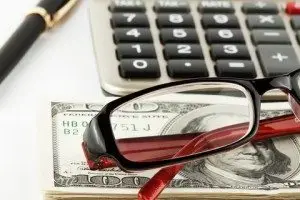
The answer is you need to understand wealth building principles.
Understanding wealth building principles
The first thing you need to become financially literate is you must master wealth building principles.
Why? Because becoming financially literate is just like playing soccer. When you play a football game, you must abide by the rules of the match, or else you get disqualified. The same principle of abiding by the rules in football applies to becoming financially literate.
When you know the principles of building wealth you become financially literate. Becoming wealthy becomes easier because you know how to create wealth.
You are penalized in a match when you run afoul of the rules. When you are ignorant of the laws of money, you also pay the price.
The price you pay for not becoming financially literate is heavier than the penalty you face in a soccer match.
Why? Because economic ignorance has led to bankruptcies, divorce, and poverty in retirement for many individuals.
For example, it is not uncommon to hear stories of individuals who earned six-figure incomes during their working years ending up broke at retirement.
You have heard stories of famous celebrities, sporting stars, and lottery winners who made fortunes from their careers go bust, right? Because they did not learn to become financially literate
What are the aspects of wealth you must become financially literate?
You must understand the following:
·The difference between assets and liabilities
·Cash flow pattern and how it impacts your future wealth
· Your spending habits and how it affects building wealth
· Why your net investible income is the single most important factor in accumulating wealth
The difference between assets and a liabilities
You must understand what an asset means and what a liability is. The greatest mistake that someone who has difficulty managing money has been not knowing the difference between assets and liabilities.
The summary of your assets and balance sheet is your financial assessment.
Your balance sheet tells how you are managing your money.
The financial assessment of individuals in financial trouble shows they have a negative net worth.
Most of the time the individuals who have money issues are clueless about their finances. They have no idea of how much they owe. Their spending is out of control. The majority of individuals who are financially underwater are ignorant about balancing their checkbooks.
How can you break the cycle of debt and financial difficulty when you, don’t know the actual state of your finances?
That is why it is important you must become financially literate about your assets and liabilities. When you know what an asset means and know what a commitment means then, it becomes easier to manage your money.
Here are the simple definitions of an asset and liability:
An asset is anything that generates income
A liability is anything that incurs an expense
These simple yet powerful meaning of an asset and liability are worth remembering. Because they play a significant role in deciding your net worth and future wealth.
These definitions of an asset and liability are different from the meaning that banks give to assets and liabilities.
The banks define asset and liability (if you think I am joking I want you to check the next time you fill out a loan application) with the following type of items:
Assets: house, cars, savings, boats, jewelry, and wages
Liabilities: Credit card debts, store cards, and mortgage balances
There is a problem with the way the banking institutions classify the items listed as assets and liabilities when we use our simple definition. Bankers and lenders have a different view of what constitutes an asset of assets and liabilities.
When we use our definition, you will see that only your wages and savings qualify as assets.
Why? Because most of the item listed by your bank: house, car jewelry is liabilities because they incur expenses.
What your banker does not tell you is that your liabilities are his assets because you have to make monthly payments to repay the loans you took to buy them.
Do you want to know the real owner of your home? Then stop making mortgage payments on your home, and see what happens.
Robert Kiyosaki bestselling author of Rich Dad Poor Dad: What The Rich Teach their kids that you can learn too observed that the majority of middle-class and low-income families get into financial difficulties because they do not understand the relation between financial literacy assets its impact on household wealth.
He observed that middle-classes families have more liabilities than assets. As a result, they are not able to accumulate enough wealth to live comfortably in retirement.
Kiyosaki also observed a worrying trend amongst most Americans: They rely on mutual funds savings for their retirement. He believes that relying on your mutual funds or 401(k) savings plan is a perfect storm of financial disaster.
The secret to becoming financially free Kiyosaki advises is to develop the habit of buying more assets than liabilities -and maintain this wealth building practice.
Know your cash flow pattern
How do you develop and maintain the healthy money habits?
The answer lies in understanding an important wealth-building principle: cash flow pattern
Your cash flow pattern tells a story about your money habits.
Kiyosaki observed that there are three main cash flow patterns:
He observed that your cash flow pattern closely reflects your money mindset. In other words, your cash flow pattern tells a story about your spending habits.
The three dominant cash flow patterns described by Robert Kiyosaki are:
· Poor Cash flow pattern
·Middle-class cash flow pattern
· Rich cash flow pattern
Poor Cash flow pattern: An individual with a poor cash flow pattern earns money and at the same time spends all he earns. These individuals live from paycheck to paycheck. They are constantly broke.
Middle-Class cash flow pattern: An individual with a middle-class cash flow pattern is typically a highly paid professional or manager. He earns a substantial income. But he has more liabilities than assets
An individual with a middle-class cash flow pattern incurs high expenses because he acquires more liabilities than assets
The individual with a middle-class cash flow pattern will likely be a homeowner. These individuals will typically live the “American dream”. But living the American dream lifestyle, comes with a price. They become indebted to “keep up with the Joneses.”
When you do a financial assessment of a person with a middle-class spending habit, you will see that they are not as affluent as they look. The net worth of majority of middle-class families shows a high debt to asset ratio.
Rich Cash flow pattern: An individual with a strong cash flow pattern, have more asset than liabilities. These individuals earn more income than incur expenses.
Individuals with strong cash flow pattern are typically entrepreneurs who own businesses, and substantial assets.
What separates individuals with rich cash flow pattern from individuals with poor and middle-class cash flow patterns is they have earn from assets and have lower liabilities.
Ralph Waldo Emerson says that habits make a man. In other words, your habits reflect our persona.
Waldo’s axiom holds true with cash flow pattern because your cash flow pattern is a reflection of your mindset about money
There is a direct relation to becoming financially literate and your cash flow pattern.
Why? Because the more financially literate you become, the better you chances of managing your finances. You are likely to achieve financial independence when you are masterful at managing money.
What you can do to become financially literate
The first thing you must do to improve your money skills is to know your personal balance sheet.
To get an accurate picture of your balance sheet you need to do the following:
Make a list of your income: that is all the sources of your income
Make a list of your expenses: that is your monthly bills, mortgage, and credit card payments
Make a list of your assets: rental properties, savings, net value of your business or anything that brings money to your pocket
Make a list of your liabilities: mortgage payments, credit card balances, personal loans, student loans, and car loans
Enter all these details on a spreadsheet. A cash flow statement worksheet can help you keep track of your net worth.
You can get a copy here
Your cash flow is the net cash flow you have after you have paid all your expenses and liability
The next step once you know your net cash flow looks at the sources of your income.
By looking at both your net cash flow and your income –you will see a cash flow pattern: that is how you are spending your money.
Your cash flow pattern should be able to answer the following:
·Are spending more money than you earn from your job?
·Do you have more liabilities than assets?
·What is the proportion of your liabilities that are generating expenses?
·Do you have assets that are generating income?
When you gather all these data on your balance sheet, then you should draw an arrow to show the direction your cash flow pattern.
Now use the picture of your cash flow pattern to compare with Kiyosaki’s three cash flow models.
By doing this exercise, you can get a clear picture of your cash flow pattern
Now ask yourself: is this your dream cash flow pattern?
If your current cash flow pattern does not match your dream pattern, what can you do to amend it?
If your cash flow pattern is not supporting your goal of becoming financial independence, then you need to change.
That is what it takes to become financially literate: you need to know the difference between assets and liabilities, and understanding your cash flow pattern.
What you need to do is to find the courage to start acting on changing your mindset so that you can accomplish your dream of financial freedom.
